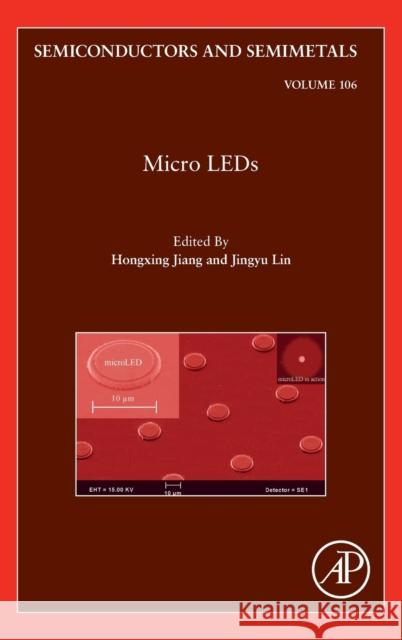Micro LEDs: Volume 106 » książka
topmenu
Micro LEDs: Volume 106
ISBN-13: 9780128230411 / Angielski / Twarda / 2021 / 412 str.
Kategorie:
Kategorie BISAC:
Wydawca:
Academic Press
Seria wydawnicza:
Język:
Angielski
ISBN-13:
9780128230411
Rok wydania:
2021
Numer serii:
001176349
Ilość stron:
412
Waga:
0.71 kg
Wymiary:
22.86 x 15.24 x 2.39
Oprawa:
Twarda
Wolumenów:
01











